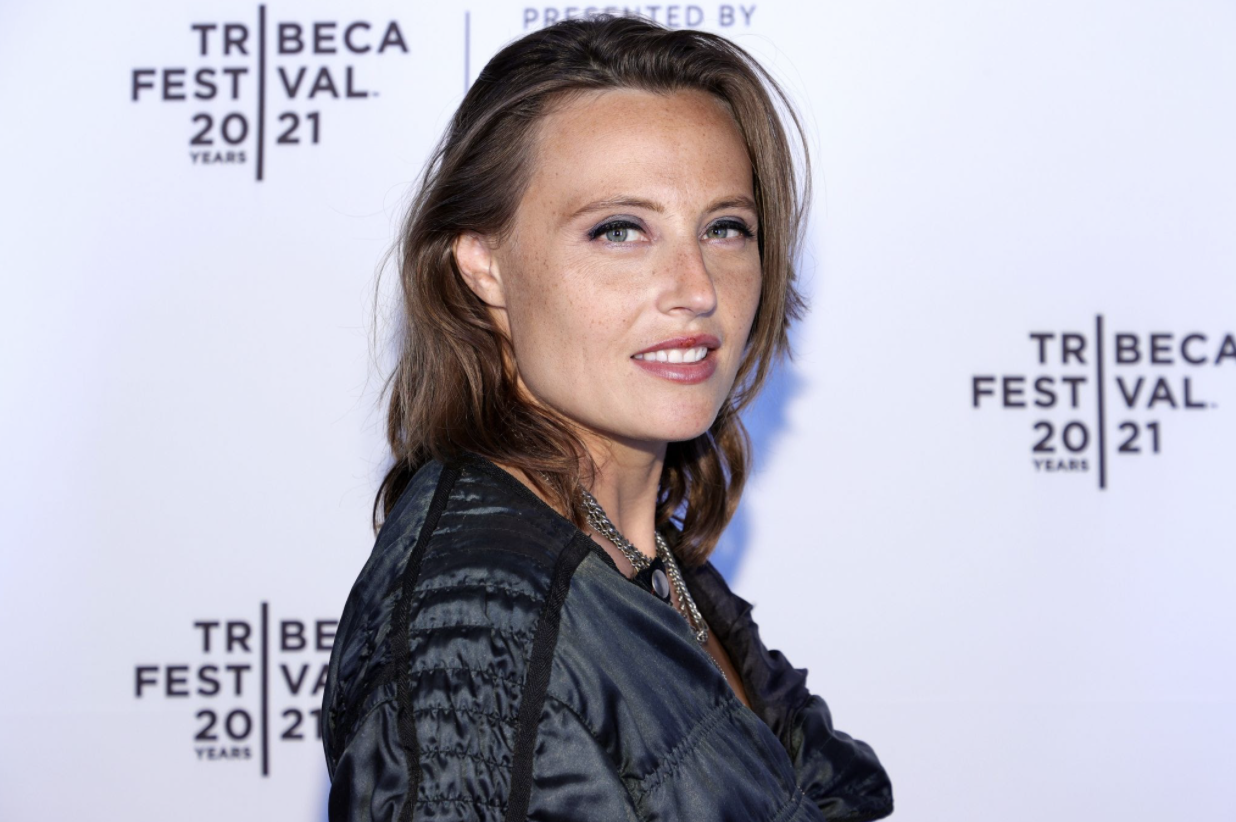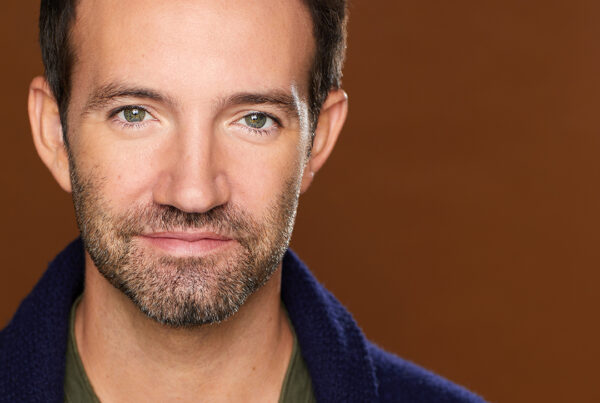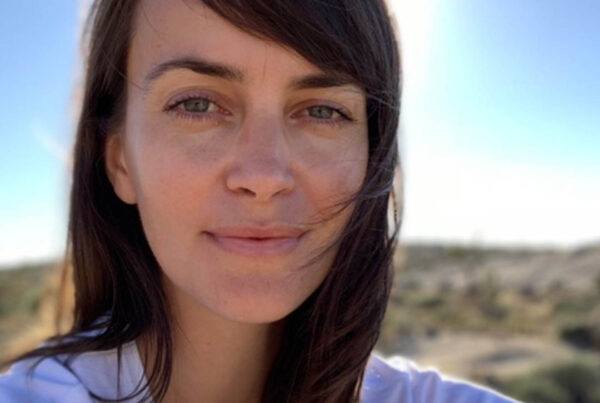
The Berkshire International Film Festival is celebrating its 15th birthday this year, and to do that, we’d like to honor some of our new filmmakers. For our Filmmaker Four article series, we sent all our BIFF first-timers the same set of four questions—the answers, of course, are delightfully different.
Nadia Szold has been a staple of the Berkshires film and theater scene for years—at age 17, after reading “Waiting for Godot,” she formed the theater troupe Cojones Company in Great Barrington, and then founded Cinema Imperfecta, the TKTKTK. Her first feature, Joy de V., premiered at Slamdance in 2013 to quite a bit of critical acclaim as well as a nod from the Jury. Larry Flynt for President, her first documentary and her first BIFF film, premiered at Tribeca this year.
What was your first experience on a film set?
When I was 19, I started interning for the documentarian Alison Chernick on her film Matthew Barney: No Restraint. I had been to Matthew Barney’s solo show at the Guggenheim the year before and was mystified by the operatic mythologies he was able to create with a seemingly bottomless pit of a budget and artistic license that all-American-football-player-good-looks afford you in the New York art world. So, when Alison told me she had gained access to film him and Björk create an epic on a Japanese whaling ship, I was down to help in whatever capacity. I think my first experience on a set was going to the Maysles brothers’ HQ, picking up some equipment and then driving out to Long Island where Robert Leacock shot an interview with Matthew’s father. The bulk of my work on that film was what all good interns cut their teeth on: transcription. And as a linguistics major, this mundane task was particularly fascinating. I remember falling in love with the baroque syntax of curator Hans Ulrich Obrist as he expounded on the significance of Barney’s oeuvre. I don’t think the interview made the cut, because it was shoddily shot in a hotel room at some art fair, but in my book, that afternoon I spent typing out real thinking in the form of paragraphs as opposed to the monosyllabic responses some subjects gave, was pure gold, and definitely worth the slog.
What was the first film you directed/wrote?
Oh, god…
Though I had been directing theatre since high school, I didn’t make my first short film until I was 22. But that was still way too young. And “embarrassment” is too gentle a word to describe the emotions watching it would conjure in me. That’s why I always look towards the next project. It’s too painful to look back. But to answer your question, a short shot illegally at a local Berkshire reservoir with the enigmatically nautical title of Hope & Anchor.
Who is your favorite filmmaker?
I don’t pick favorites. My love for films permeates too much of my consciousness. 1939 was an excellent year, as was 1975. But I’m a kid of the ’90s so I have a soft spot in my heart for films like Cheryl Dunye’s The Watermelon Woman, Sally Potter’s Orlando and Julie Dash’s Daughters of the Dust. Those three films are so different from one another, but each broke the mold, and they’re all daring, smart, and pure poetry.
What are you working on that no one knows about?
As a mother of a toddler, I feel like I am in the midst of an ethnographic field study that has to pay off one way or another. The “project” is so under wraps, not even I know about it. But I am fascinated by the liminal space mothers inhabit. It’s difficult territory to express. And I think that’s why I’m determined not to just run in the other direction.




